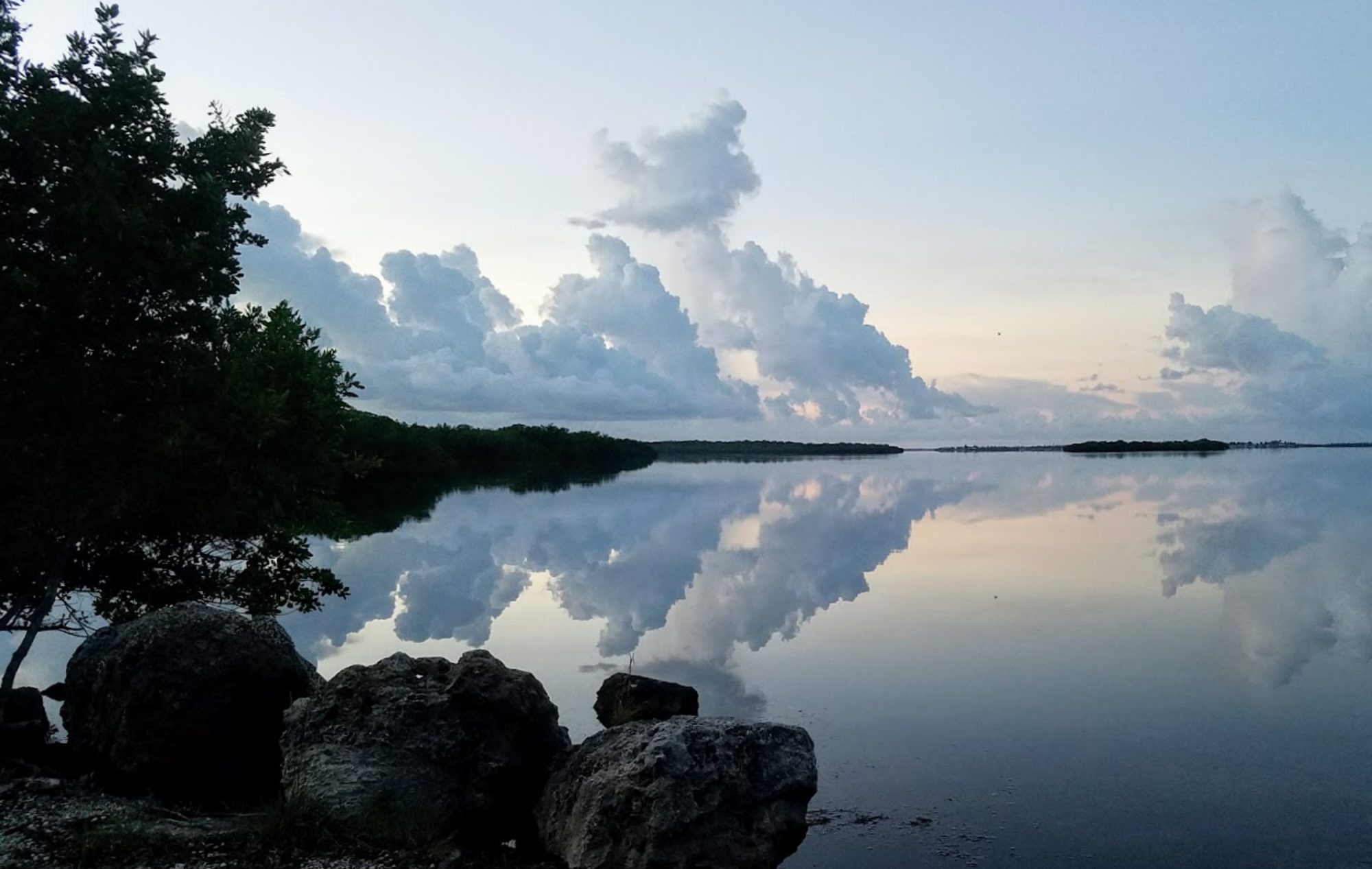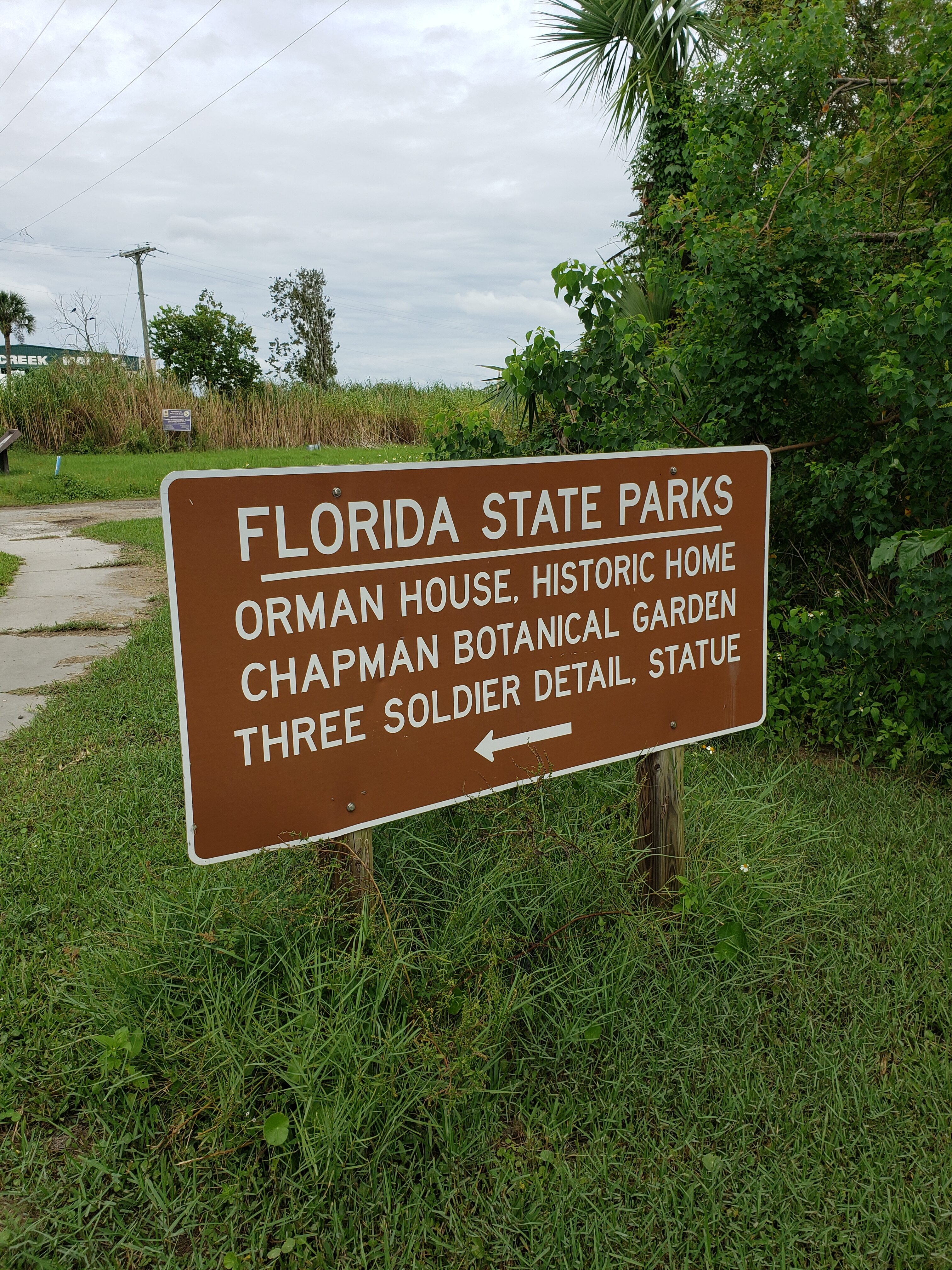Apalachicola, originally named Cottonton, and then West Point, is found where the Apalachicola River empties into the Gulf of Mexico. It’s just west of the halfway point between Jacksonville and Pensacola. The Hitchoti Indian words “apalachi” (on the other side) and “okli” (people) probably meant something like “people on the other side of the river.” Those who love the place call it Apalach.
Walking the peaceful streets of Apalachicola today, it is hard to imagine that this pretty little place was once behind only New Orleans and Mobile as the busiest port on the Gulf of Medico. Once home to the sponging industry, then wealthy lumber barons, today you will find the Apalachicola waterfront a still-lively area that reminded me a little of the Eastern Shore of Maryland: hard workers in the seafood trade, working boats but with shrimpers rather than crabbers. Oysters can no longer be harvested from Apalachicola Bay – the state recently instituted a 5 year moratorium on these small and sweet oysters to allow the bay to recover from drought and other pressures on the oysterbeds. This poses a real hardship for the oyster workers, since at one time more than 90% of our state’s oyster harvest came from this very bay. Maryland’s Chesapeake Bay is experiencing a recovery, but it has taken decades, not years. . .I hope the Apalachicola Bay will also recover. It still provides a home to nearly 200 species of fish and is a critical nursery area for commercial and recreational fisheries. While you cannot harvest oysters right now, there is still kayaking, canoeing, sailing and even riverboating available if you want to explore the Apalachicola River and Bay.
The downtown streets are lined with art galleries, boutiques, B&Bs, hotels, clothing shops, and restaurants. There are many pocket parks and historic homes. There is a lovely self-guided walking tour of Apalachicola, and you can even download the map here. This tour covers 37 sites, mostly concentrated in an easily walkable area. The Orman House, which is sited immediately next to the Three Soldiers statue and the Chapman Gardens, is a bit off the beaten path but this area is worth the extra steps.

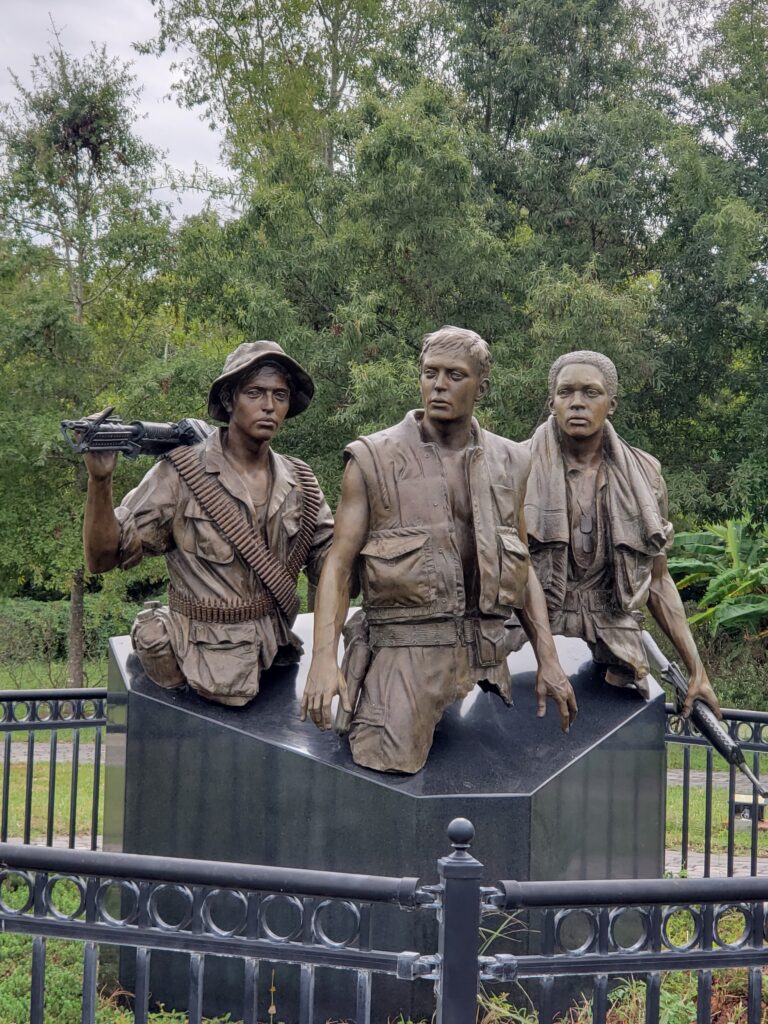
This statue was the most moving military memorial I’ve ever experienced. It is a smaller version of the original, which stands near the Vietnam War Memorial in Washington, D.C. The three soldiers were intentionally identifiable as Caucasian, Hispanic, and African American, to represent, at least partially, the diversity of the very young people who fought this war for the United States. The original statue shows the men’s full bodies, but something about the fractured bodies made the replica statue very emotional for me. You can read more about the symbolism of this beautiful work here, and I hope you will. It deepened my experience to read how this all came about in art.
The walking tour also includes a monument to Dr. John Gorrie, who obtained the patent for an ice making machine. His work was the foundation for air conditioning, which makes life in Florida so much more pleasant.
We found this pretty little blue-stripe garter snake at the Chapman Gardens State Park. Chapman wrote Flora of the Southern United States and published it in 1860. The sides are much bluer than they appear in the photos we got. Really a very pretty snake!
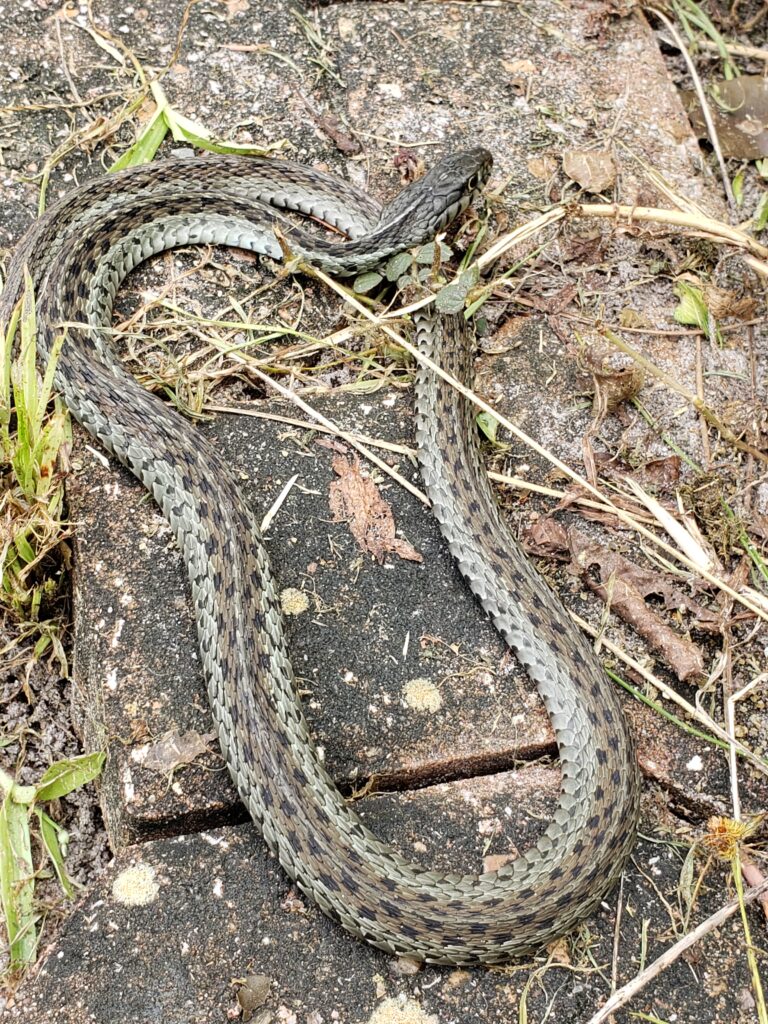
We noticed this beautiful hand of bananas growing outside of a restaurant. Look how lush and healthy they are! They nourish these banana plants with unused produce. It gave me hope for the bananas I’m trying to grow in Lake County!
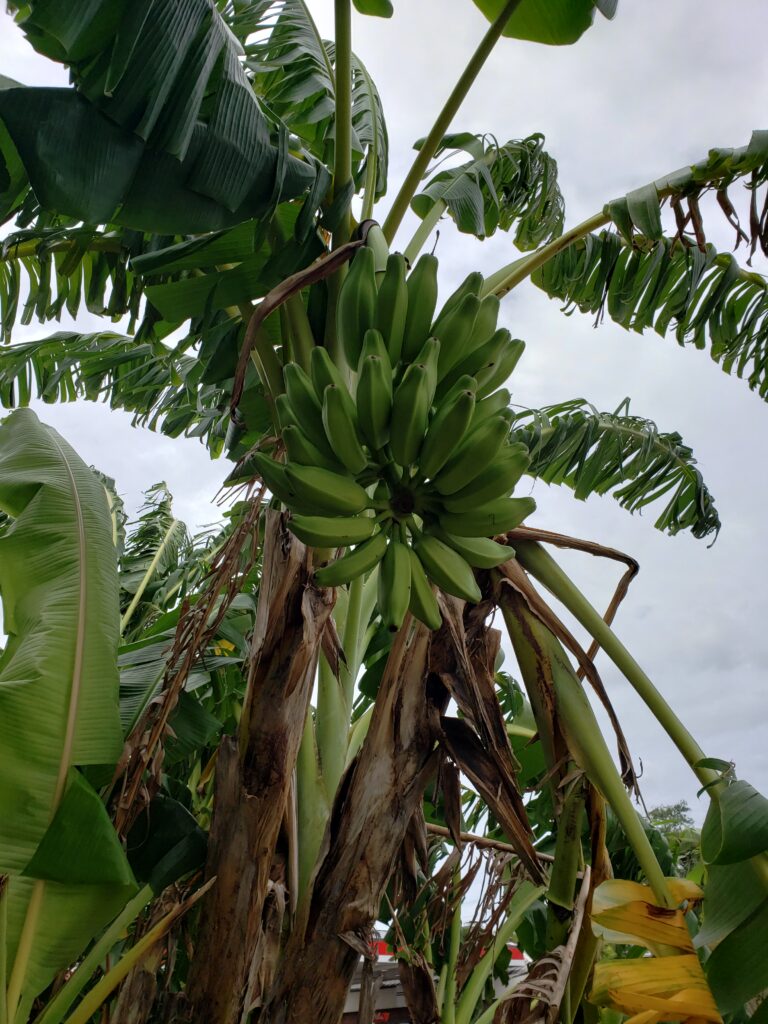
Next time we visit Apalachicola, we’ll make it on a weekday. Very little is open on Sunday, and there’s so much to see! This would be a great spot to spend a loooong weekend, exploring every nook and cranny.
